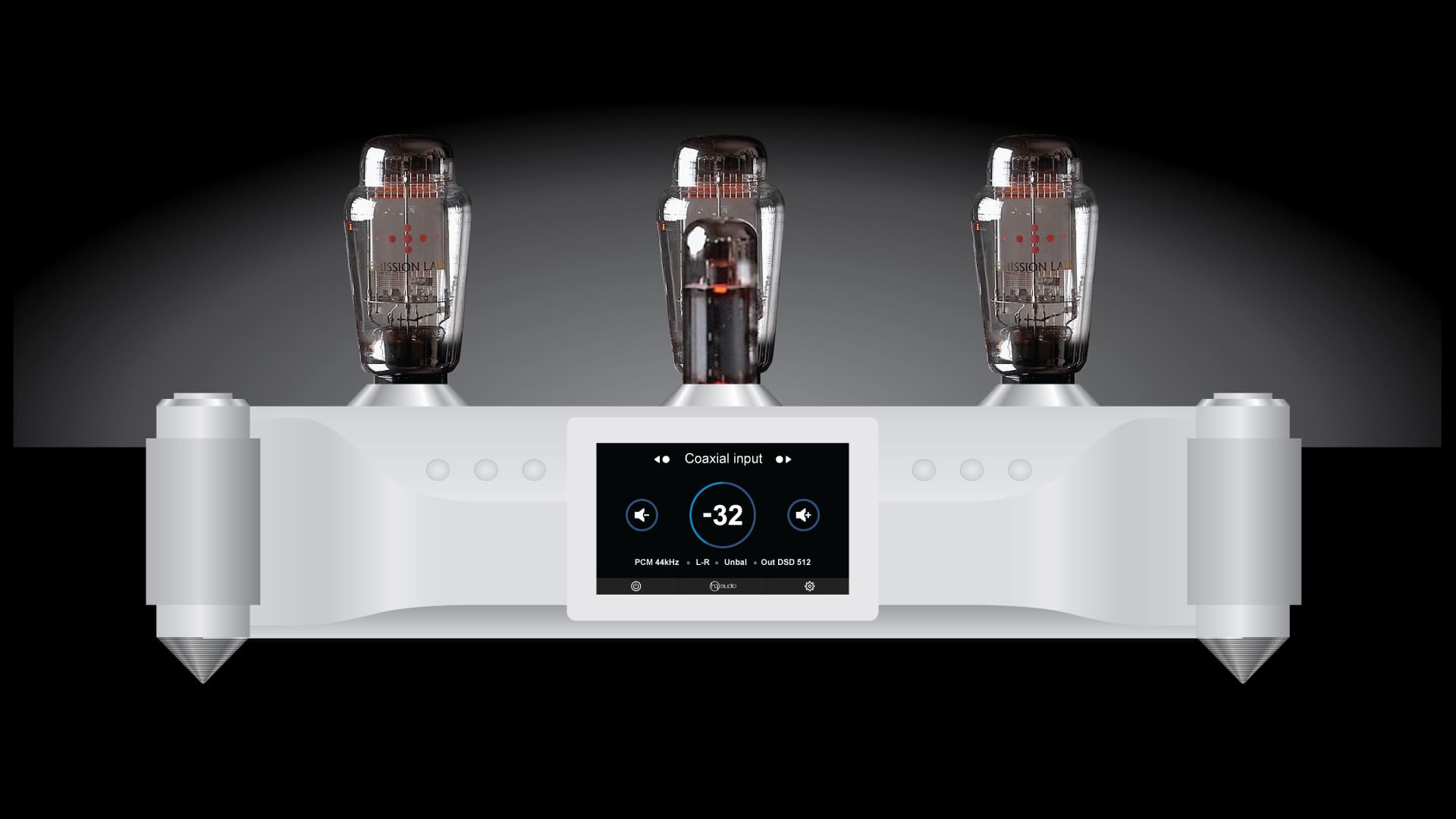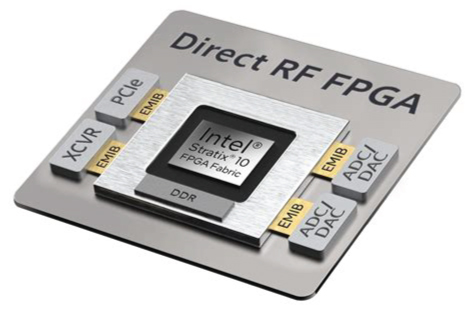Hello, audio enthusiasts! I'm Quang Hào. Today, let’s explore a small yet vital device in the world of audio: the DAC (Digital-to-Analog Converter). This "wizard" transforms dry digital data into vibrant and emotional sound.
A DAC (Digital-to-Analog Converter) converts digital signals into analog signals, enabling us to enjoy music from digital devices such as computers, smartphones, or CD players. It acts as a bridge between the digital world and the realm of emotional music, delivering detailed and realistic sound.

From digital sources like phones or laptops, music signals exist as digital data streams. The DAC decodes these signals into audible sound, utilizing three key components:
.jpg)
Jitter (signal delay) distorts audio clarity. Modern DACs combat jitter with asynchronous signal transmission technology, ensuring precise and natural sound.
Stable power is crucial for DACs to function smoothly. Devices with clean DC power minimize noise, preserving the purity of audio signals.
FPGA technology allows DACs to self-program decoding processes, producing unique sound characteristics. Manufacturers use FPGA to tailor audio performance to their designs.
Pure DSD technology processes DSD signals directly without converting them to PCM, maintaining pristine audio quality.

Modern DACs aren’t limited to CD players—they connect seamlessly with devices like computers, smartphones, and streaming services. They offer high-quality audio experiences anytime, anywhere, with support for formats like PCM, DSD, and high-resolution 24-bit or 32-bit audio.
DAC technology continues to evolve, bringing us closer to authentic, vibrant sound. Trends like FPGA chips, Pure DSD, and the resurgence of R2R are opening new doors for audio enthusiasts. Each DAC offers a unique listening experience, turning music into an emotional journey.
DACs are the key to unlocking the perfection of digital sound. What are your thoughts on this device? Feel free to share your insights or feedback so we can delve deeper into the fascinating world of audio together!